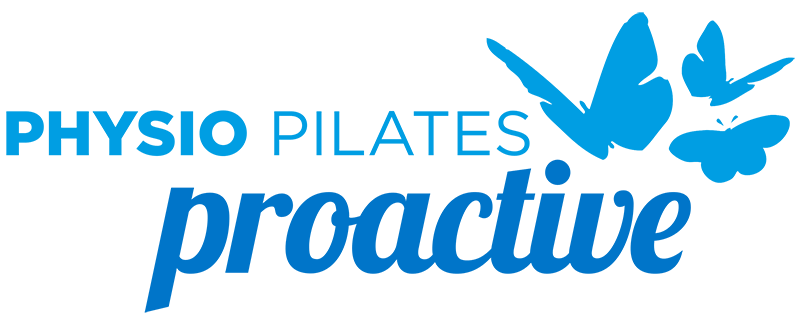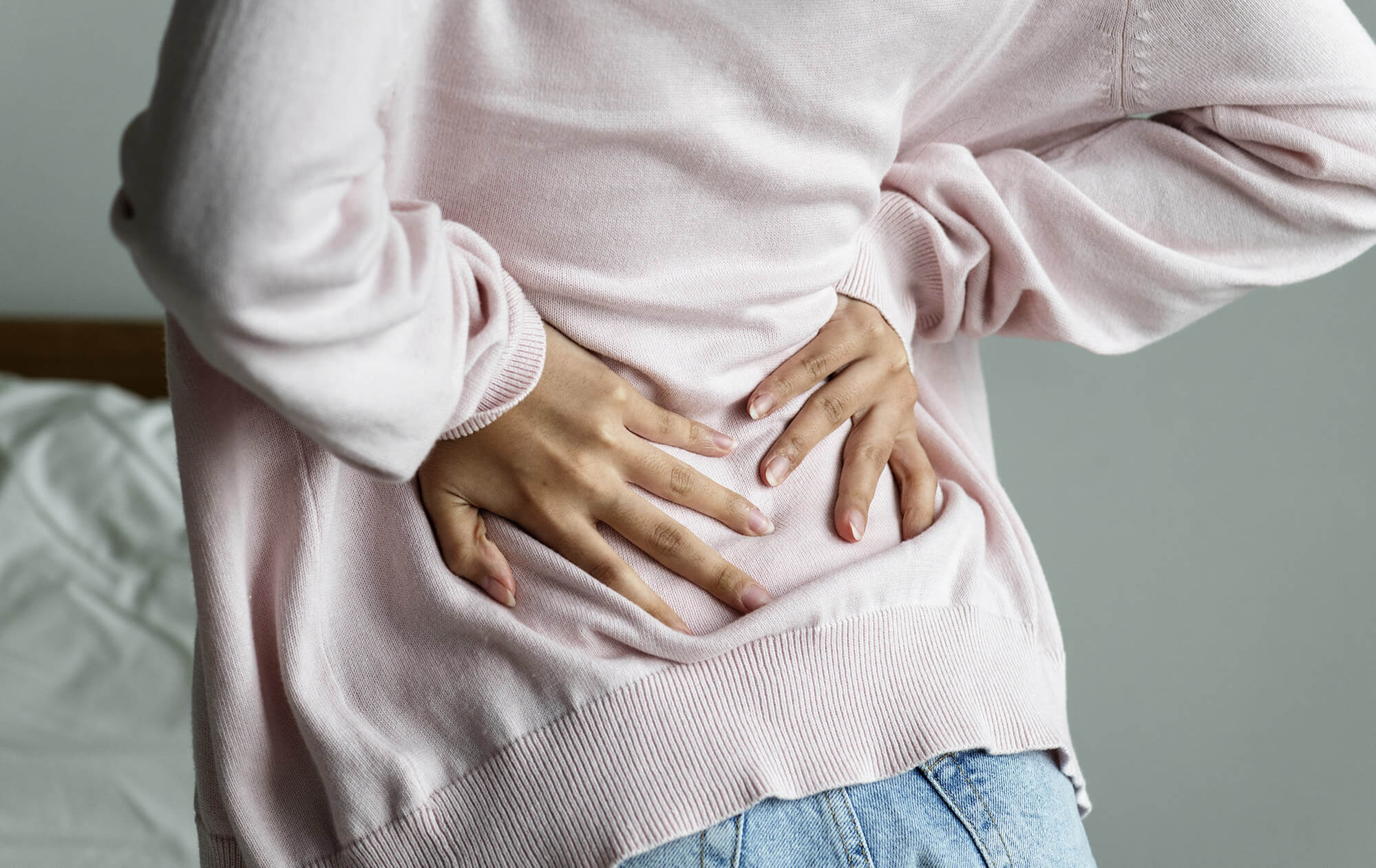You may have experienced this before: bending over to pick something somewhat trivial off the floor when suddenly you experience the most excruciating pain in your lower back and you are unable to straighten up again.
It’s a horrible feeling and it is understandable that you think that you might now have back pain for the rest of your life. The first thing to stress is that there is every chance that you won’t, provided you understand why this happened in the first place and are committed to doing the exercises your physio prescribes.
The mechanism of pain described above is most likely to be a disc bulge, which years ago was called a “slipped disc”. In between each vertebra, there is a fibrous disc filled with jelly-like fluid. Over time if we do a lot of flexion-based activities such as sitting, lifting, cleaning and gardening, there is excessive pressure at the front of the discs which cause the fluid to push backwards. This pressure on the back of the disc irritates the nerve endings in the fibrous disc and causes diffuse, central low back pain. Sometimes if the bulge is big enough, it can press on one of the lower back nerves like the sciatic nerve, causing pain down one of your legs. This is known as sciatica.
The interesting thing is that many of our population have disc bulges which do not create pain straight away. Over a long period of time, the bulge may get bigger and then when you bend over and suddenly feel pain, it seems out of the blue.
The good news is there are some really simple things you can do to prevent this from happening, or help get yourself out of a painful low back pain state.
- Regularly perform “curve-reversal” activities. This means that when you have done some flexed forward activities, make sure you balance the spine up by doing some extension stretches either in standing (hands in the small of your back and lean backwards) or lying on your stomach (back-bend push ups known as Cobras).
- Keep your hips flexible by doing gluteal, hamstring, quadriceps and inner thigh stretches. This will allow you to keep your back straight when you lift and bend more through your knees.
- Keep your core strong by attending Pilates classes or doing exercises prescribed by your physio.
- Use a cushion or lumbar roll in the small of your back when sitting and make sure you stand up every 30 minutes and have a stretch backwards.
- Stay fit and active. Walking and swimming especially provide great aerobic exercise which also helps to lengthen your spine and reverse stooped posture.
The final thing to emphasise is the vast majority of people who experience low back pain will be pain free after time and do not require surgery. And remember, your back is only as strong as the rest of your body so keep yourself strong, flexible and active.
Please contact Physio Pilates Proactive if you have any back pain issues, or feel free to try our Pilates Classes per below.




